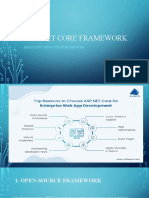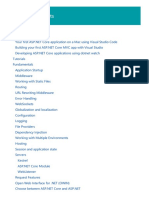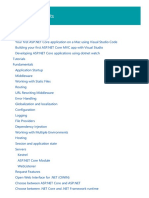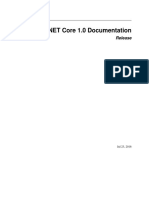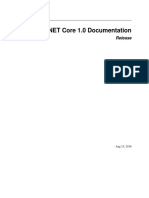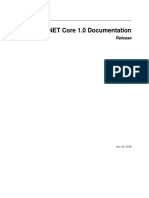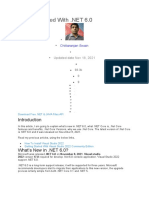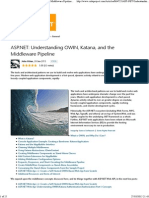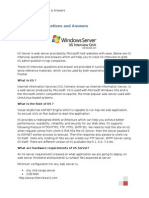0% found this document useful (0 votes)
17 views4 pagesPart - 2 Introduction To ASP - NET Core Framework
Introduction to asp.net core, where all topics has been shown
Uploaded by
RishikeshCopyright
© © All Rights Reserved
We take content rights seriously. If you suspect this is your content, claim it here.
Available Formats
Download as DOCX, PDF, TXT or read online on Scribd
0% found this document useful (0 votes)
17 views4 pagesPart - 2 Introduction To ASP - NET Core Framework
Introduction to asp.net core, where all topics has been shown
Uploaded by
RishikeshCopyright
© © All Rights Reserved
We take content rights seriously. If you suspect this is your content, claim it here.
Available Formats
Download as DOCX, PDF, TXT or read online on Scribd
/ 4












